First visitors can view Queen’s final resting place in Windsor from next week
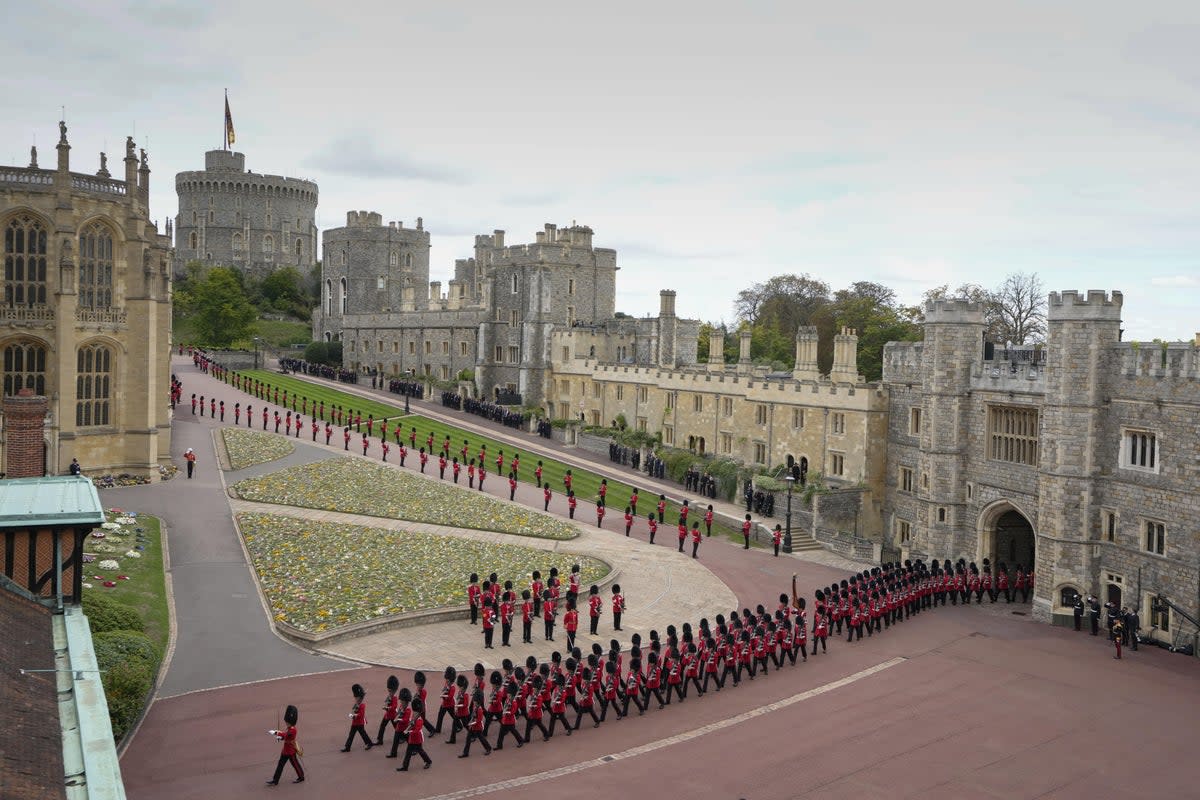
Visitors will be able to view the burial site of the Queen from next week as Windsor Castle reopens to the public.
People can pay their respects at St George’s Chapel from September 29, just over a week after the late monarch was laid to rest.
The Queen’s name has been inscribed alongside her mother’s, father’s and husband’s on the ledger stone in the George VI Memorial Chapel.
She was laid to rest with the Duke of Edinburgh on Monday evening in a private service attended by the King and the royal family, after her state funeral at Westminster Abbey and committal service in Windsor.
HM Queen Elizabeth II’s State Funeral: Best Pictures
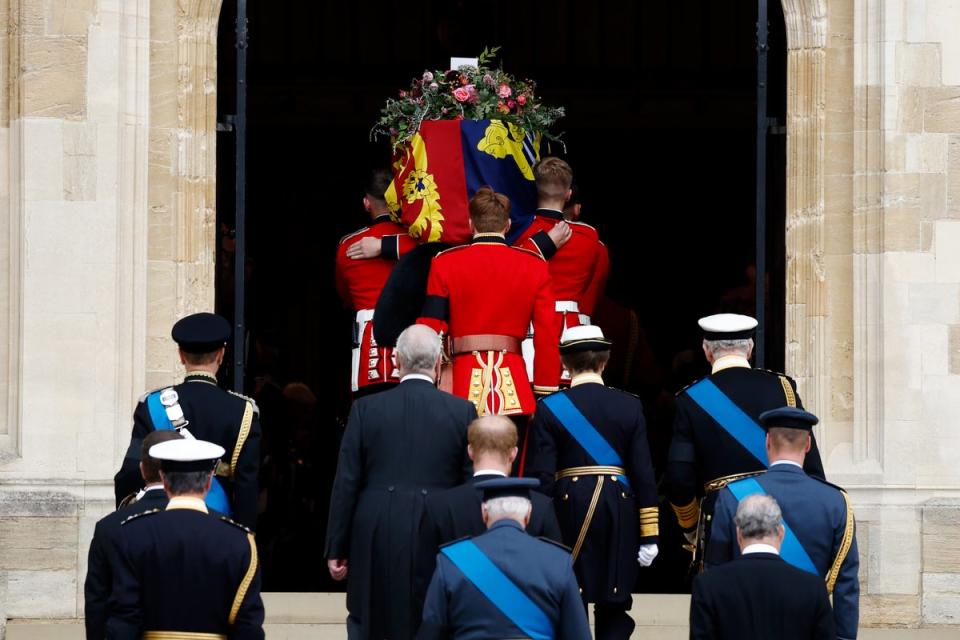
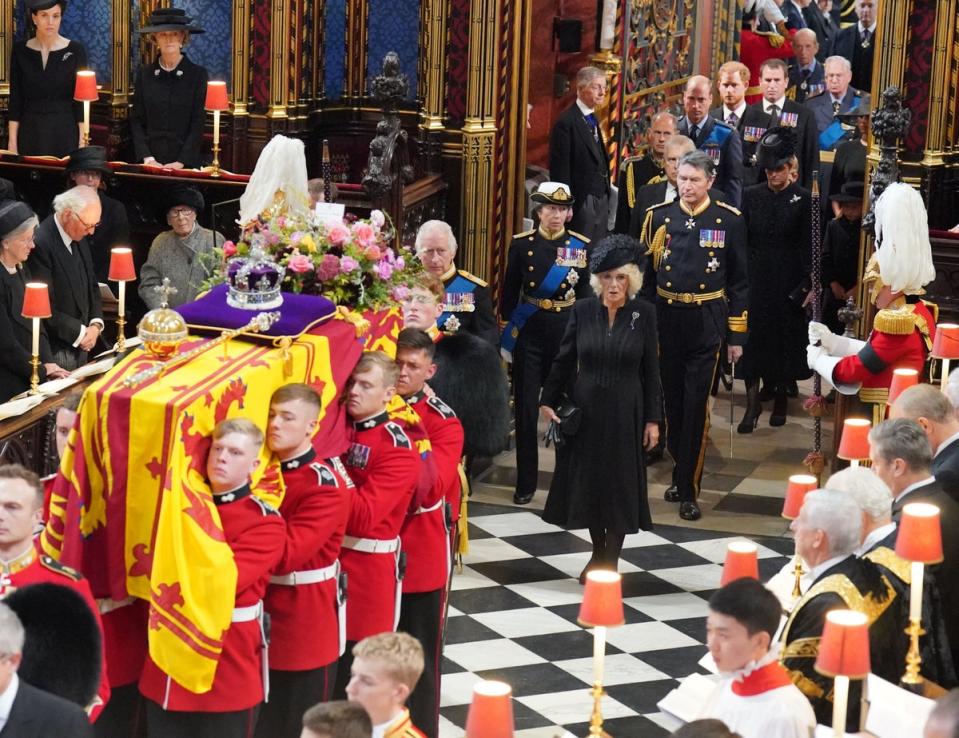
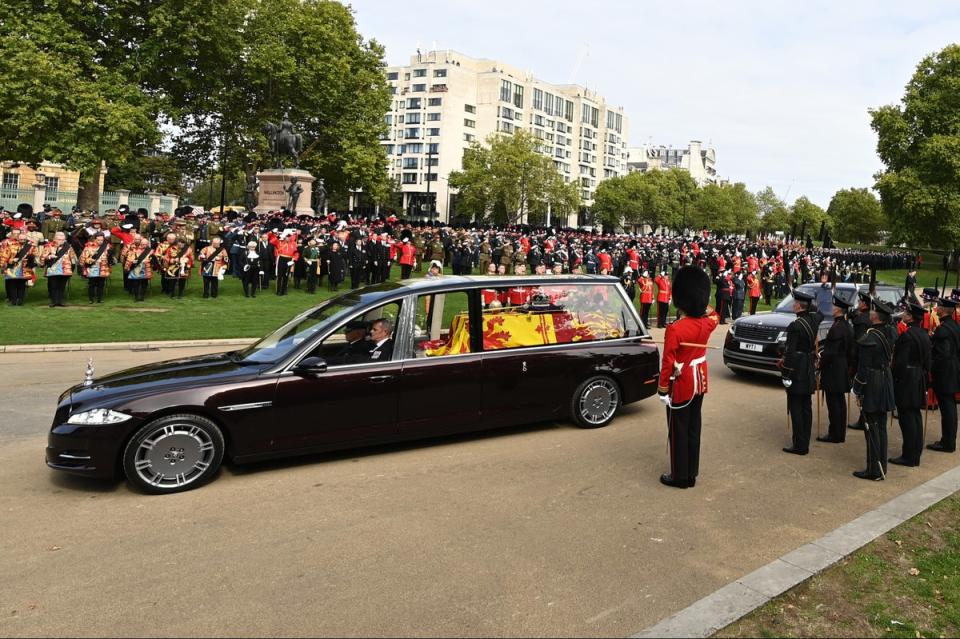

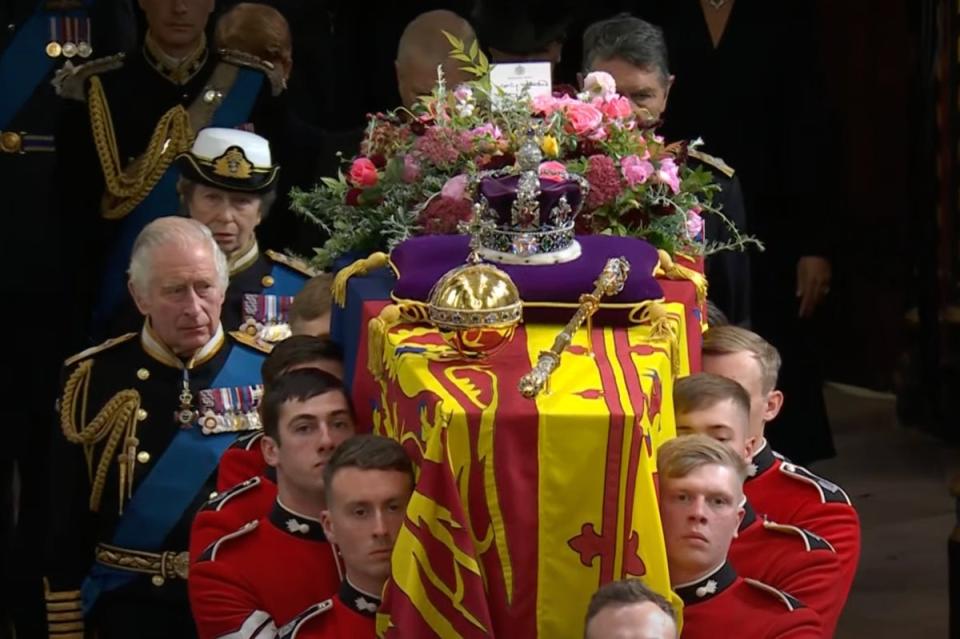
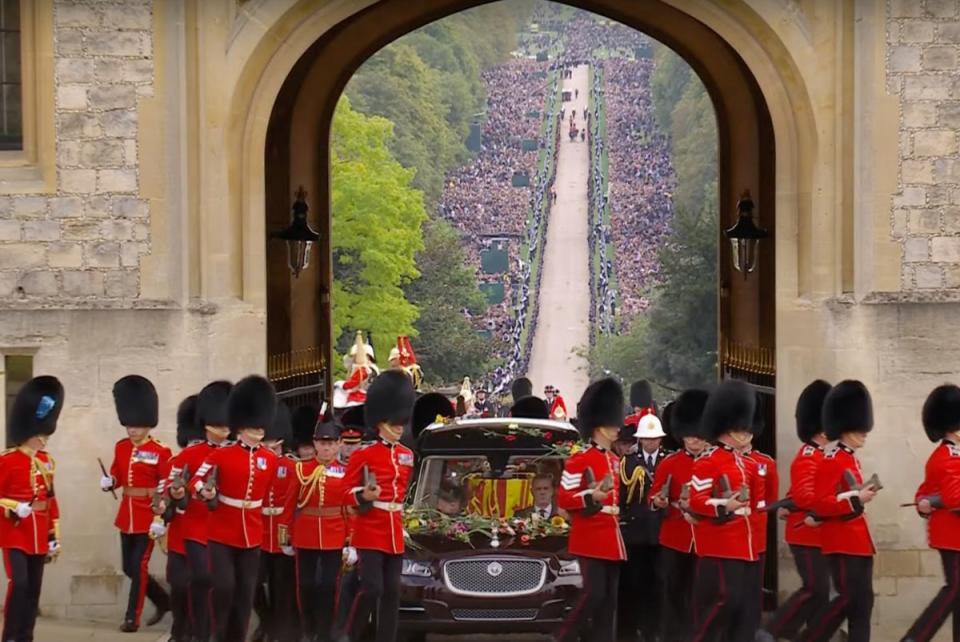
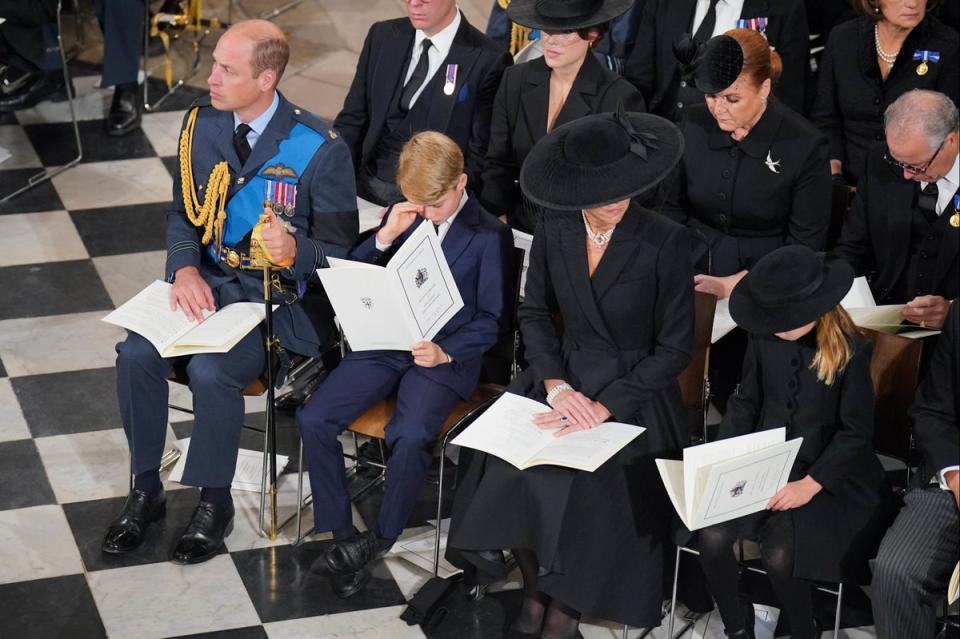


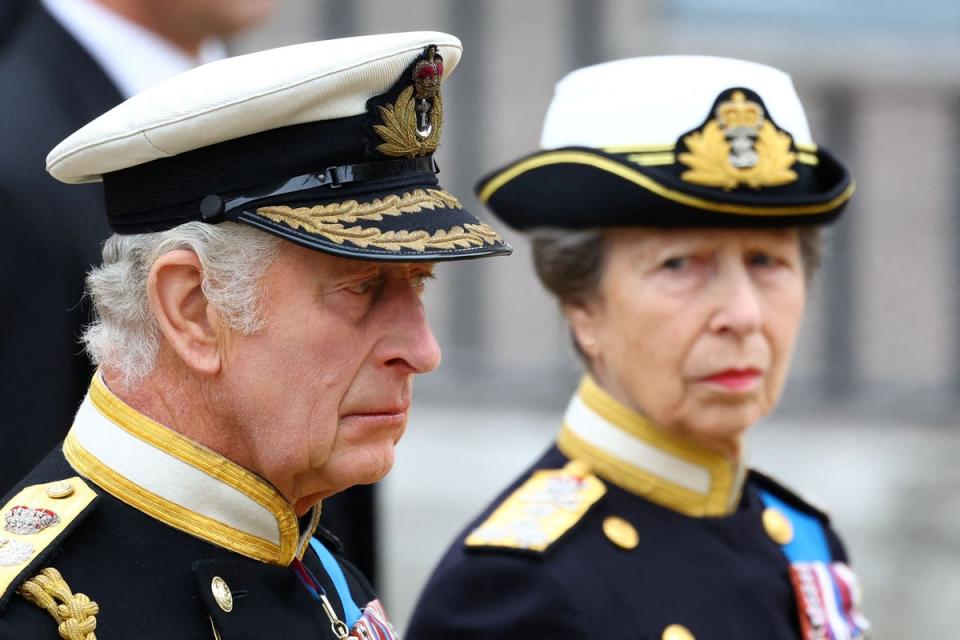
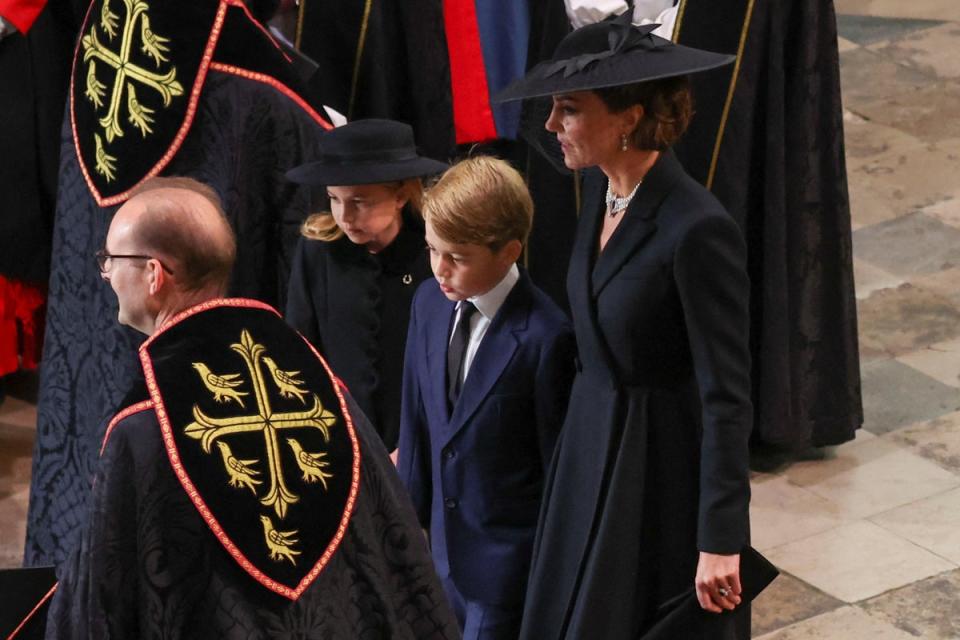
Buckingham Palace said the inscription on the ledger stone in the George VI Memorial Chapel now has the names of the Queen, her parents and Philip, along with their years of birth and death.
The new stone has replaced the black stone slab set into the floor which had featured the names George VI and Elizabeth in gold lettering.
The stone now lists “George VI 1895-1952” and “Elizabeth 1900-2002” followed by a metal Garter Star and then “Elizabeth II 1926-2022” and “Philip 1921-2021”.
All four royals were members of the Order of the Garter, which has St George’s Chapel as its spiritual home.
The chapel will reopen to visitors later next week on all days the castle is open to the public, excluding Sundays when it is only open for worshippers.
Entry to the castle is £28.50 for adults on Saturdays and £26.50 on other days, according to the website.
The royal family is continuing its period of mourning for the Queen, to be observed until seven days after the funeral.
Charles is believed to have flown to Scotland with the Queen Consort to grieve privately.
Members of the royal family are not expected to carry out official engagements, and flags at royal residences will remain at half-mast until 8am after the final day of royal mourning.
‘May flights of Angels sing thee to thy rest.’
In loving memory of Her Majesty The Queen.
1926 - 2022 pic.twitter.com/byh5uVNDLq— The Royal Family (@RoyalFamily) September 19, 2022
Meanwhile, praise has continued for the guardsmen who carried the Queen’s coffin at the state funeral, with some calling for them to be honoured.
The Sun reported former head of the British Army Lord Dannatt as saying: “They ought to be recognised. The Royal Victorian Order is for personal service to the sovereign and I would suggest you can’t get more personal than carrying the sovereign’s body throughout all the funeral services.”
The bearer party was made up of eight soldiers from Queen’s Company, 1st Battalion Grenadier Guards, and the former school of one member praised him as an “outstanding example of where dedication, hard work and commitment can take you”.
John Maher, headteacher at Ashfield School in Nottinghamshire, said Luke Simpson’s central role was “a source of great pride”, adding: “Luke took his place centre stage on this historic occasion and, with the world watching, carried out his duty so professionally.”
An Army spokesperson said: “The armed forces played a proud role in Her Majesty The Queen’s funeral and they delivered excellence in every way possible.
“Each and every person involved, from those involved in ceremonial events to the streets liners, should take great pride in the way in which they marked Her Majesty The Queen’s lifetime of selfless service to the nation.”
Seventy photos for 70 years of HM Queen Elizabeth II record-breaking reign
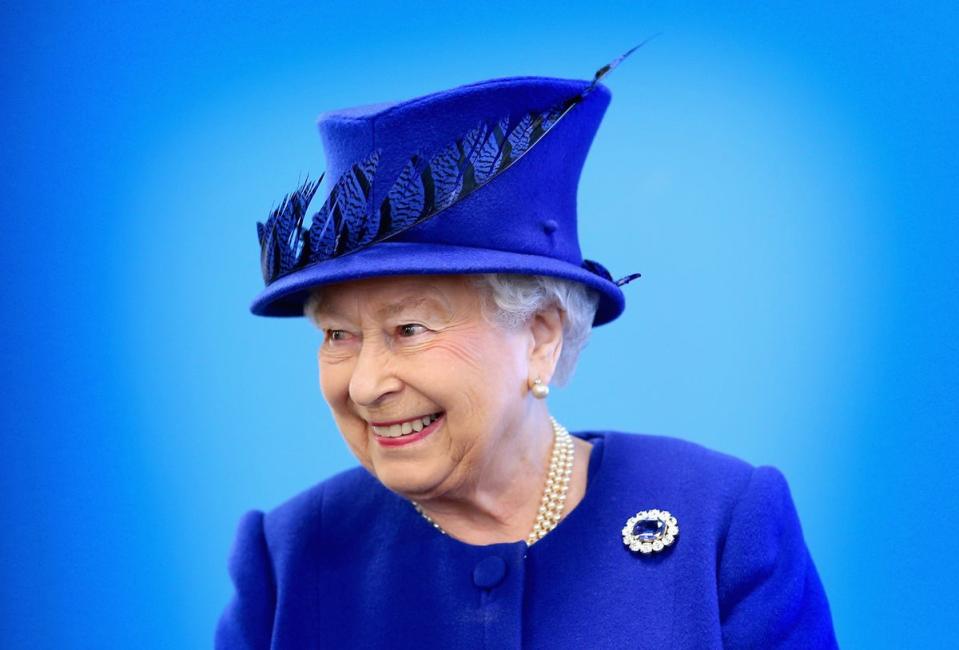
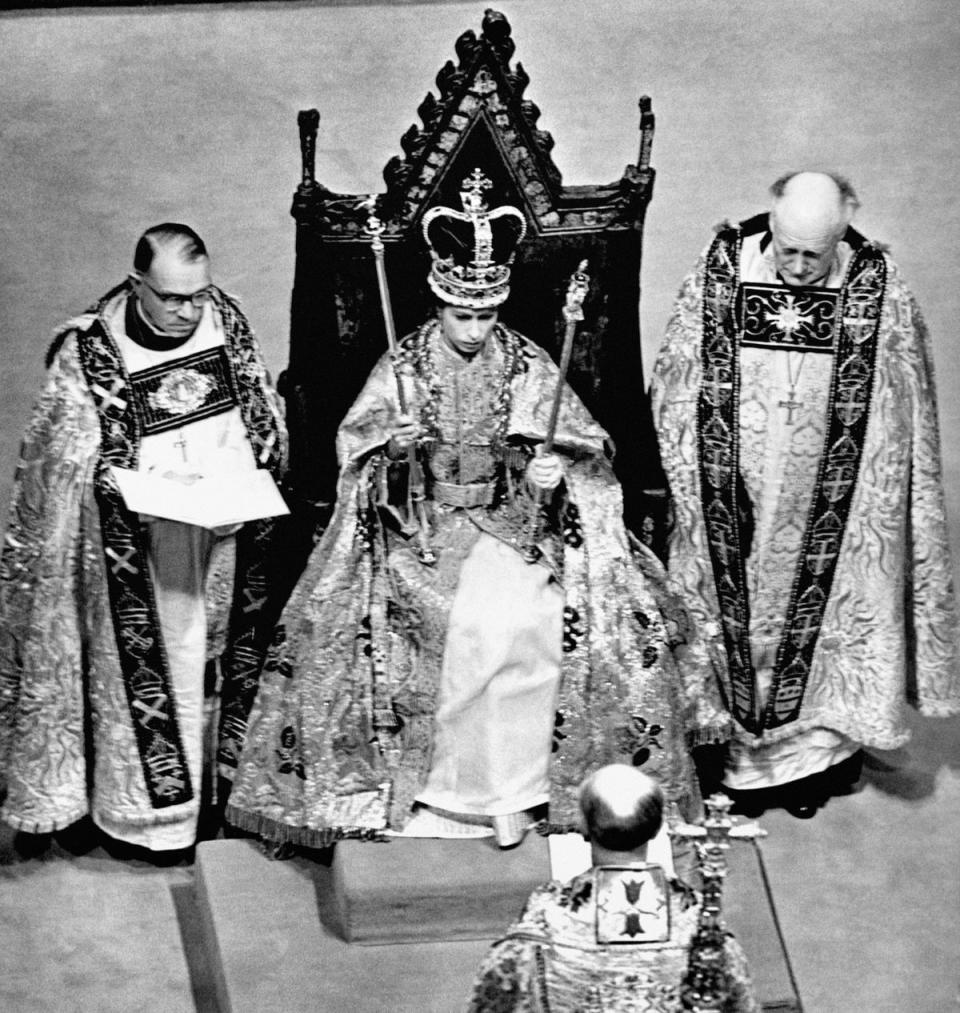
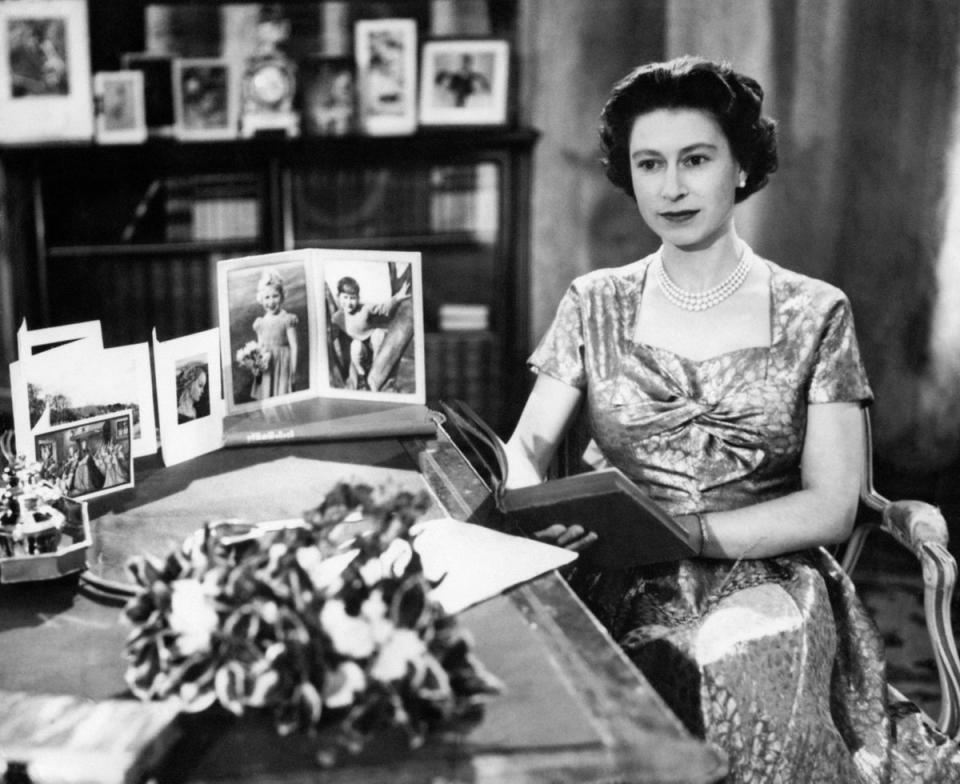
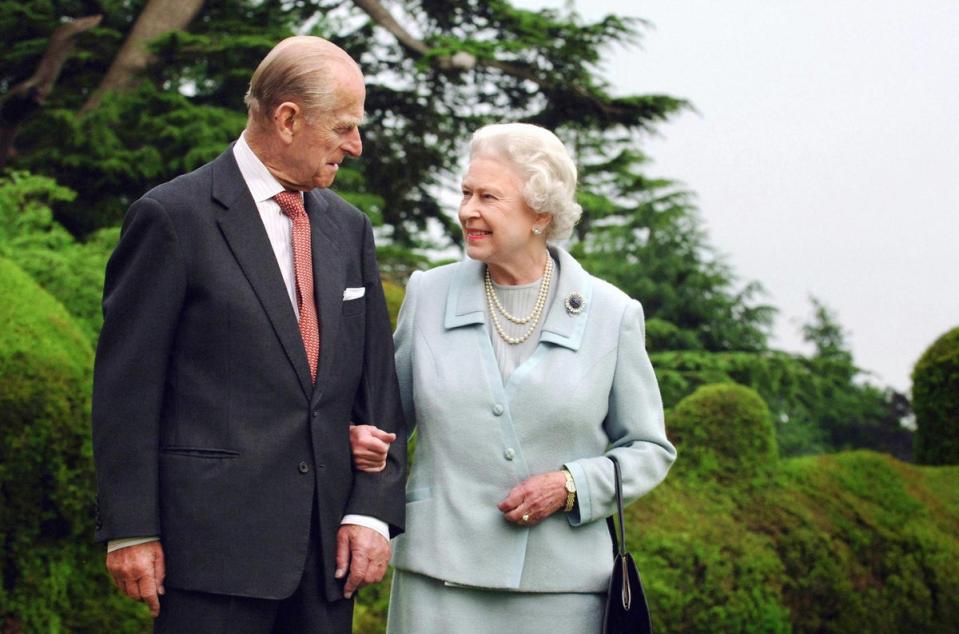
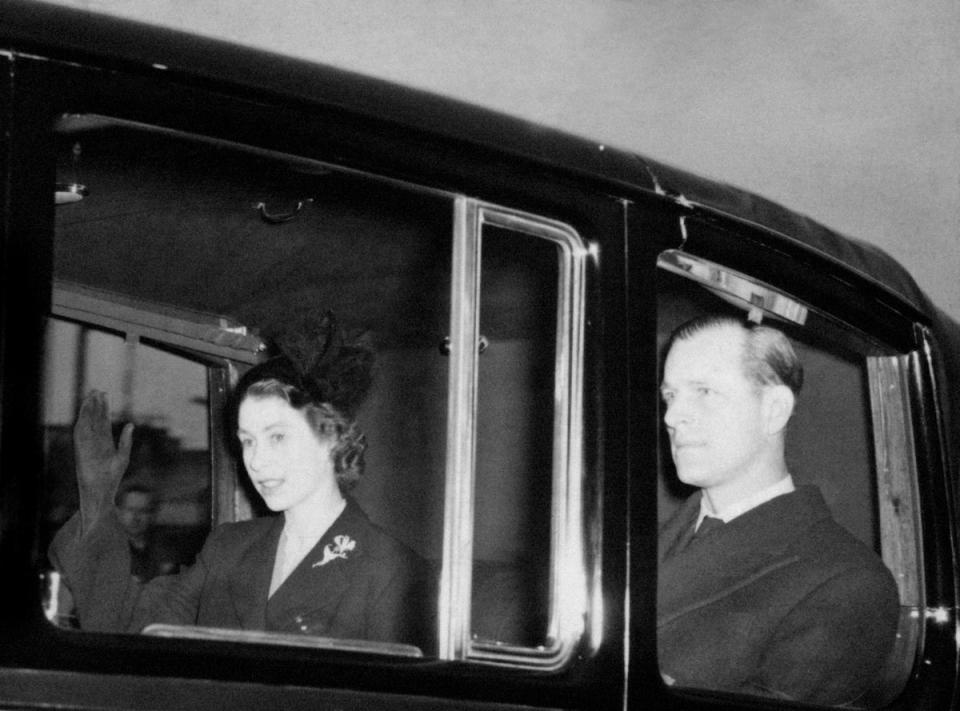
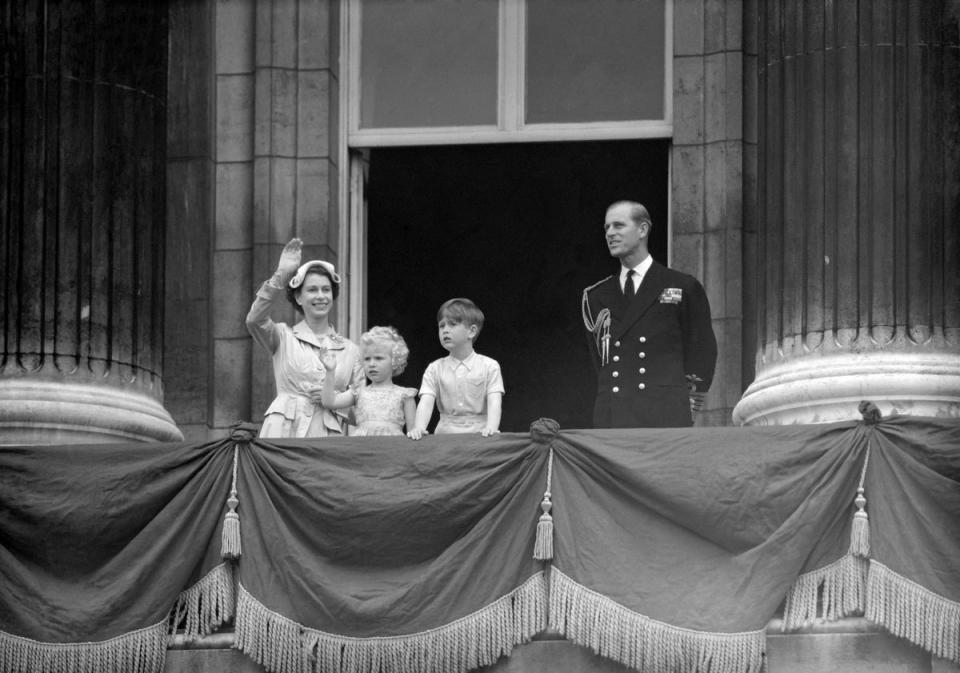
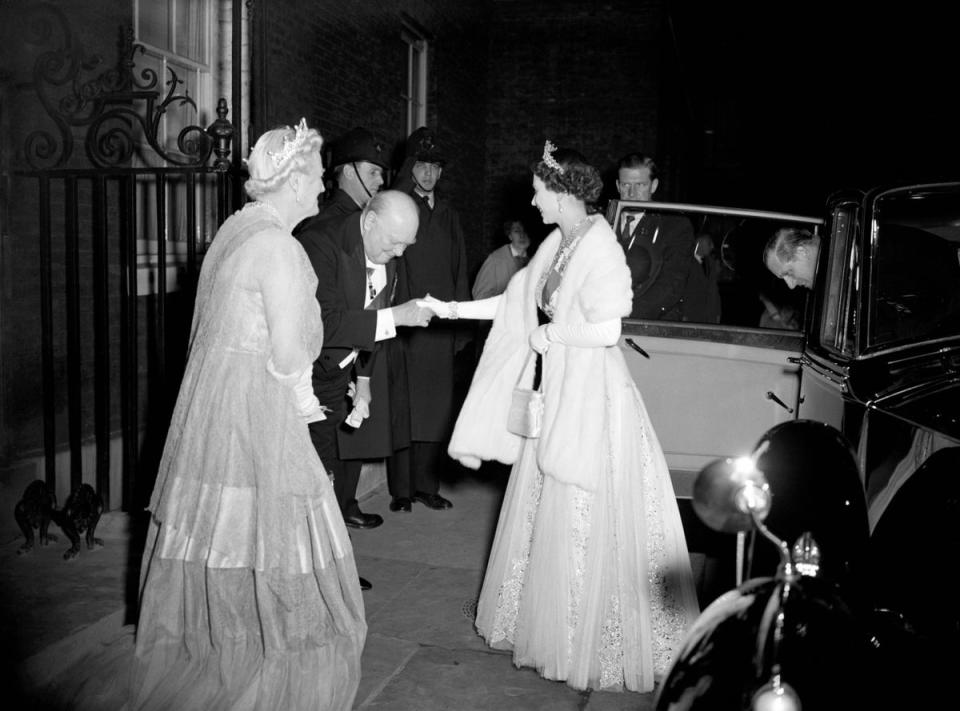
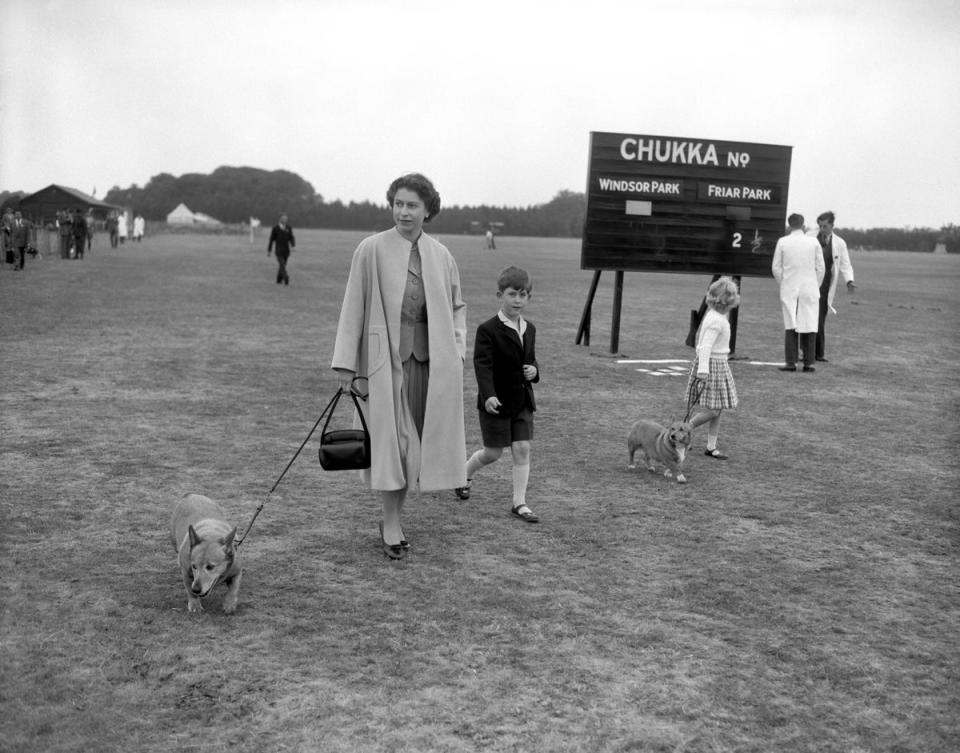
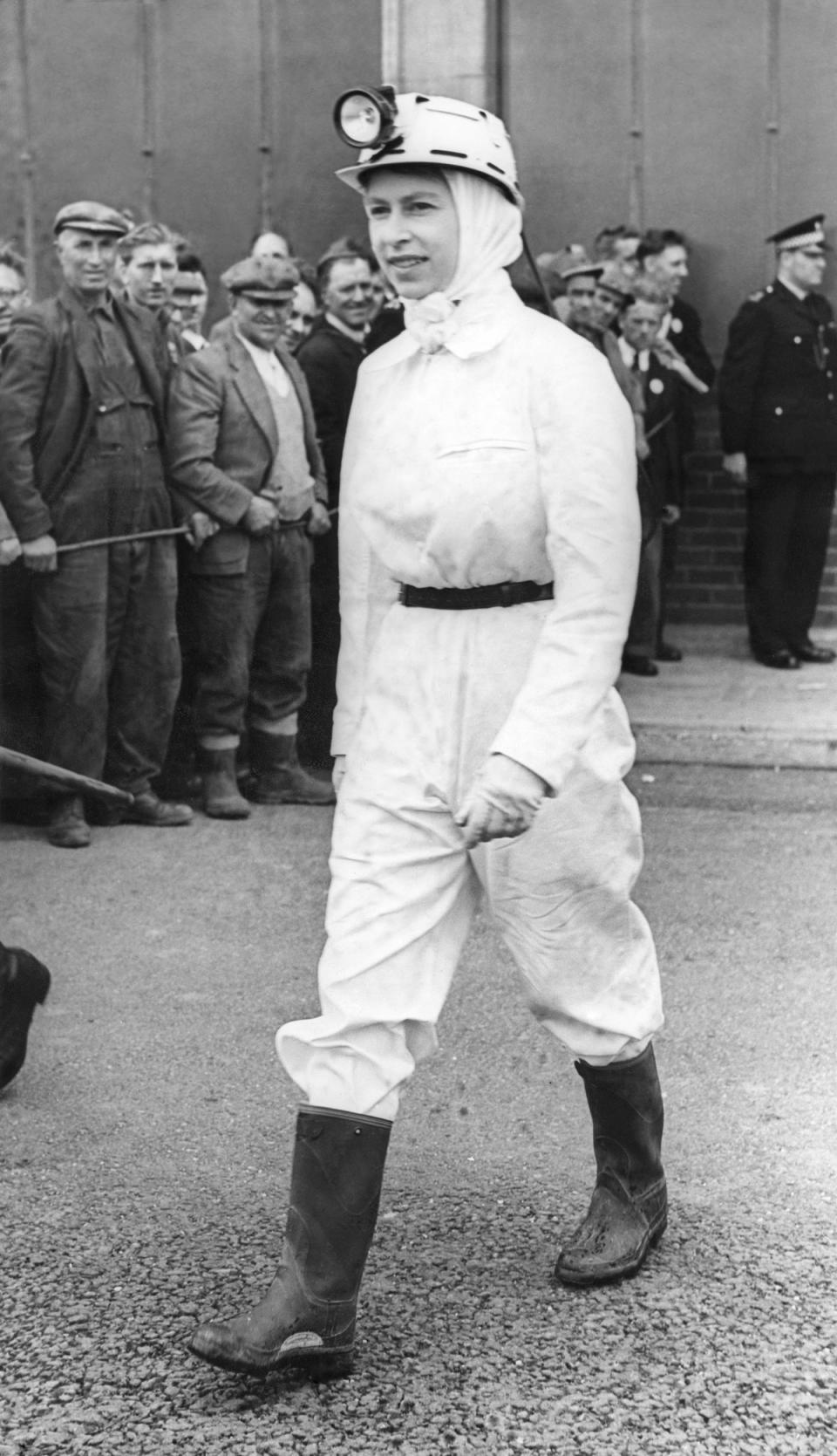
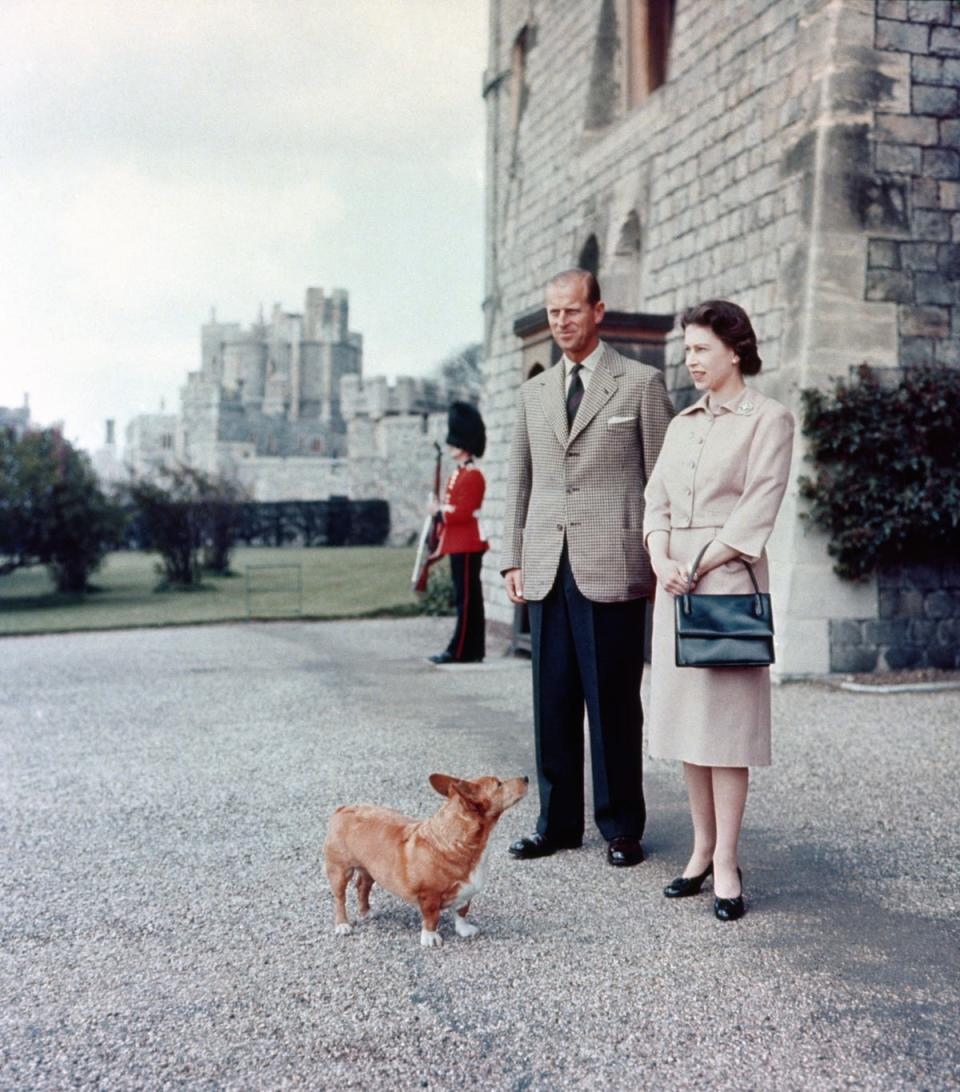
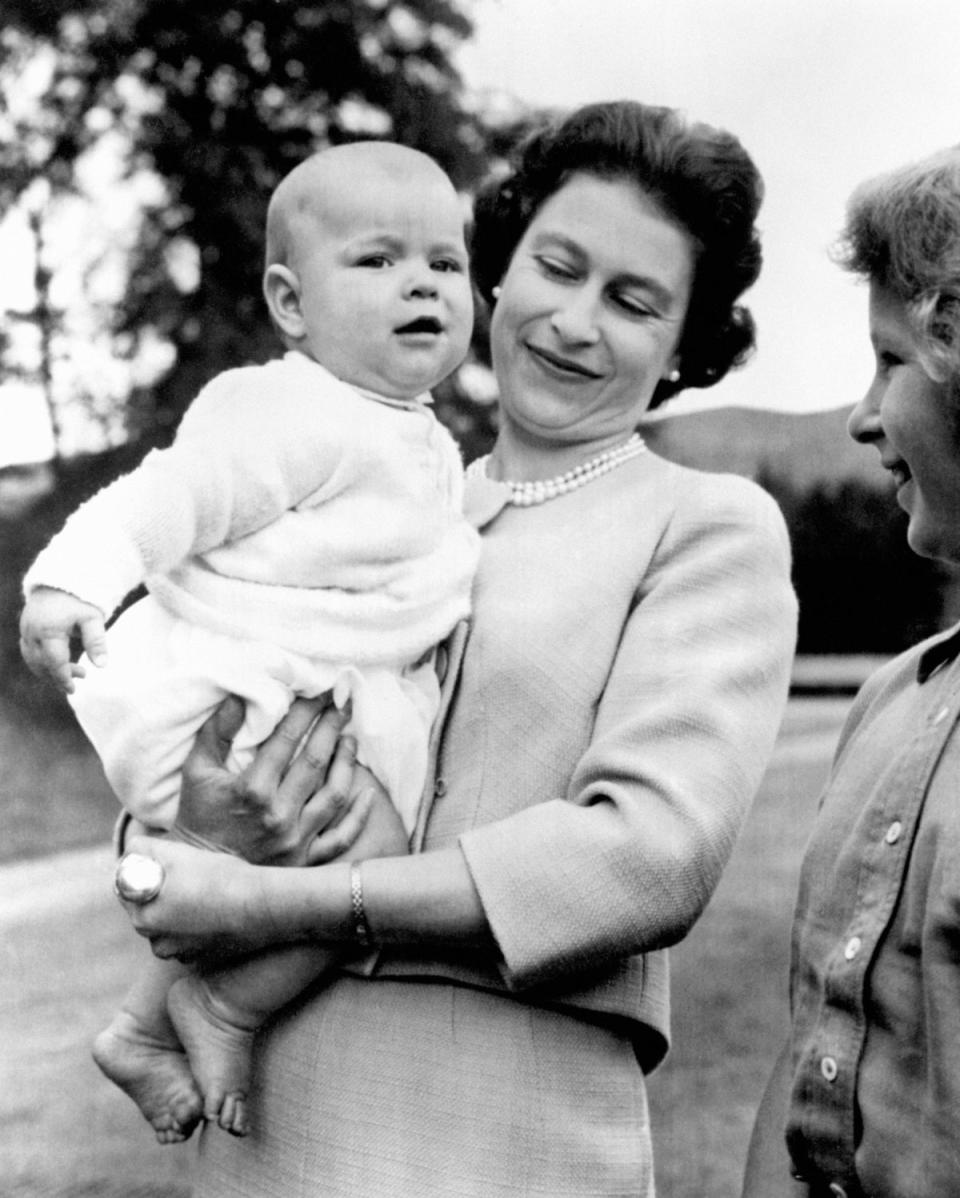
The Ministry of Defence gave no comment on whether honours were likely, but said any recognition would be decided and announced as part of the New Year Honours list.
Elsewhere, royal staff who provided personal services to the late Queen have been told their jobs could be affected under the new King’s reign.
A letter has been sent to a number of employees saying consultations will be held.
It comes a week after it was disclosed that up to 100 employees at the King’s former official residence, Clarence House, had been notified that they could lose their jobs.
Also on Wednesday, counter-terrorism police confirmed they received more than 800 reports from the public about suspicious activity during the operation after the death of the Queen – double the average level.
Head of counter terrorism policing Matt Jukes said one in eight of the reports made during the mourning period, known as Operation London Bridge, is “actively being used as intelligence” by investigators.


